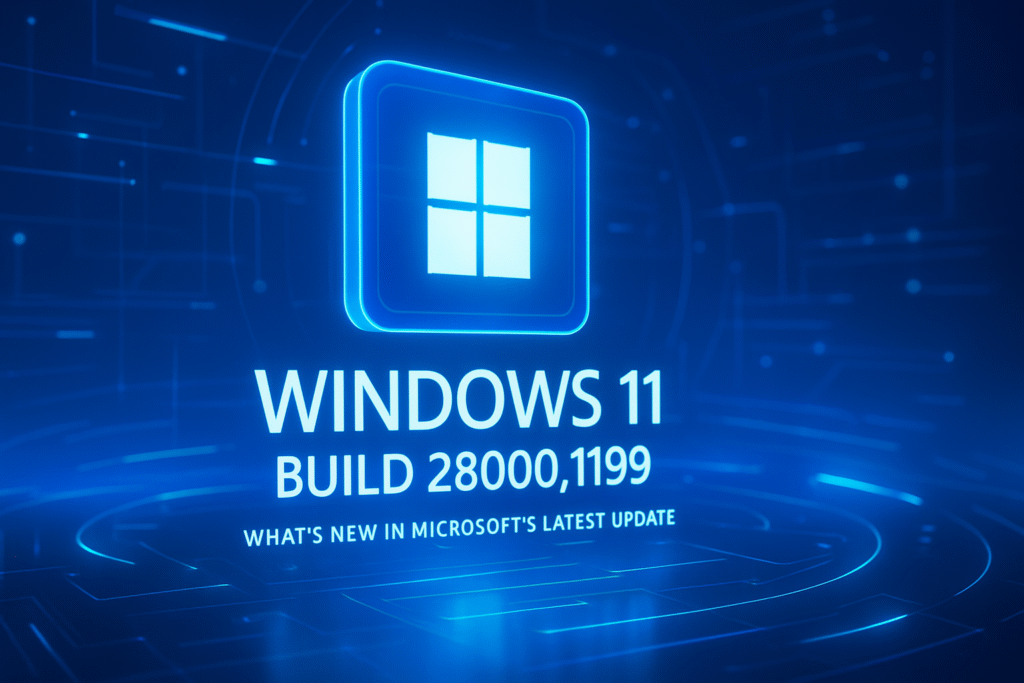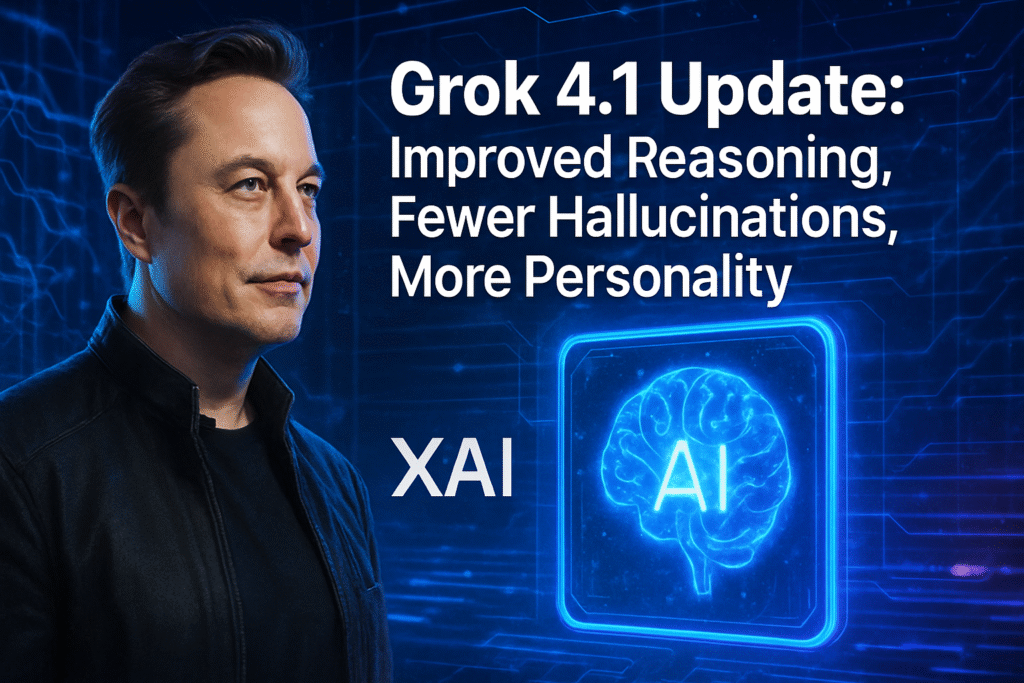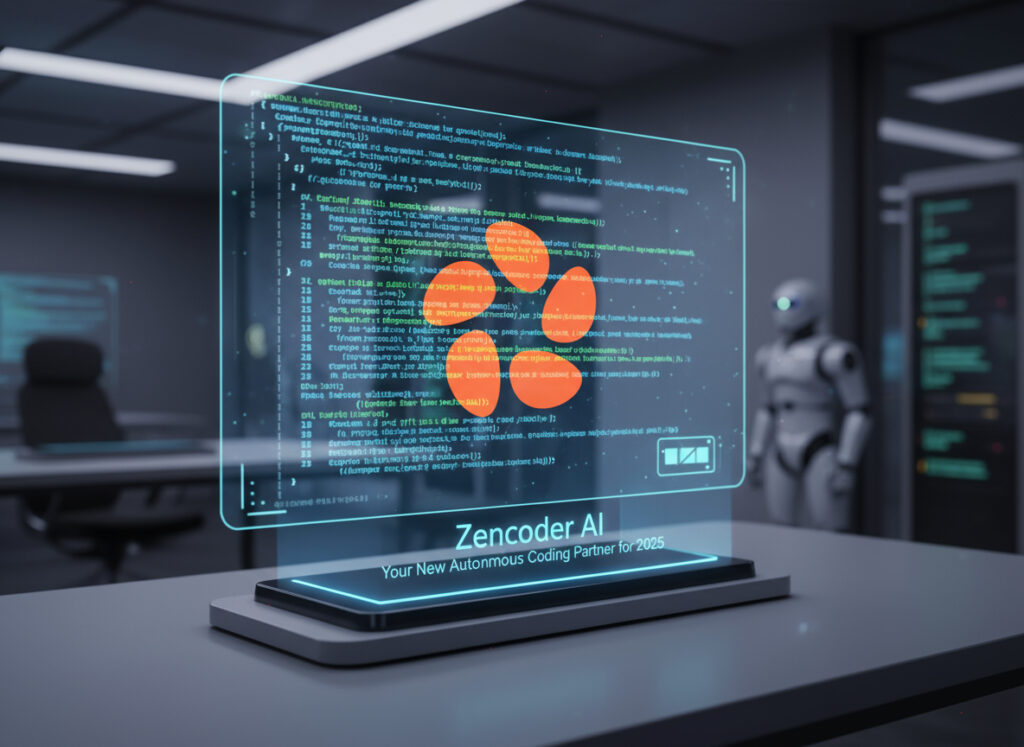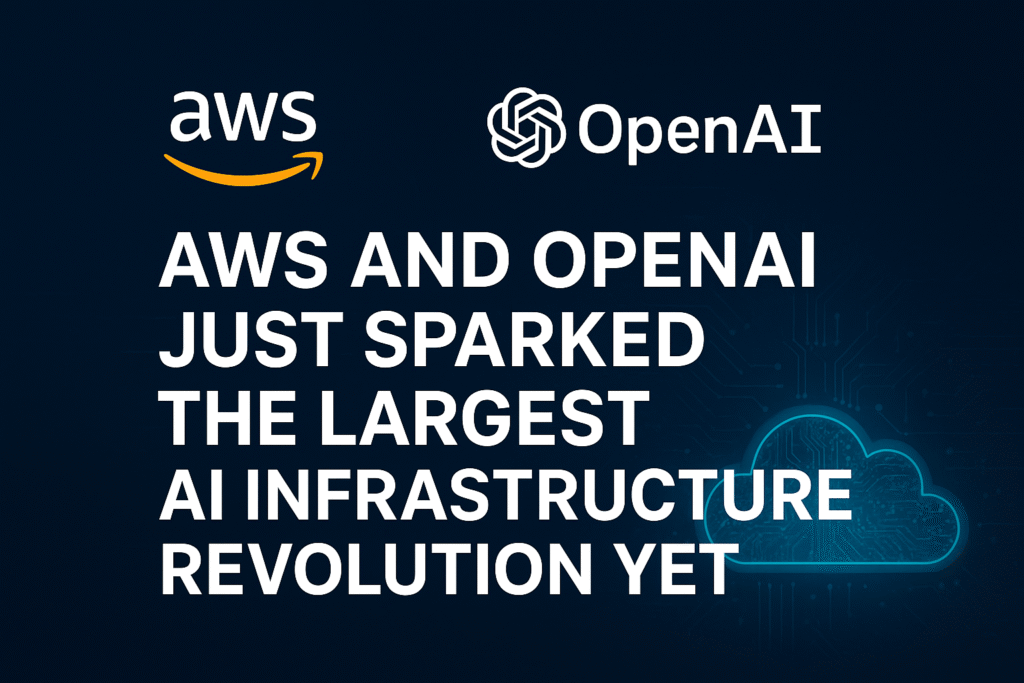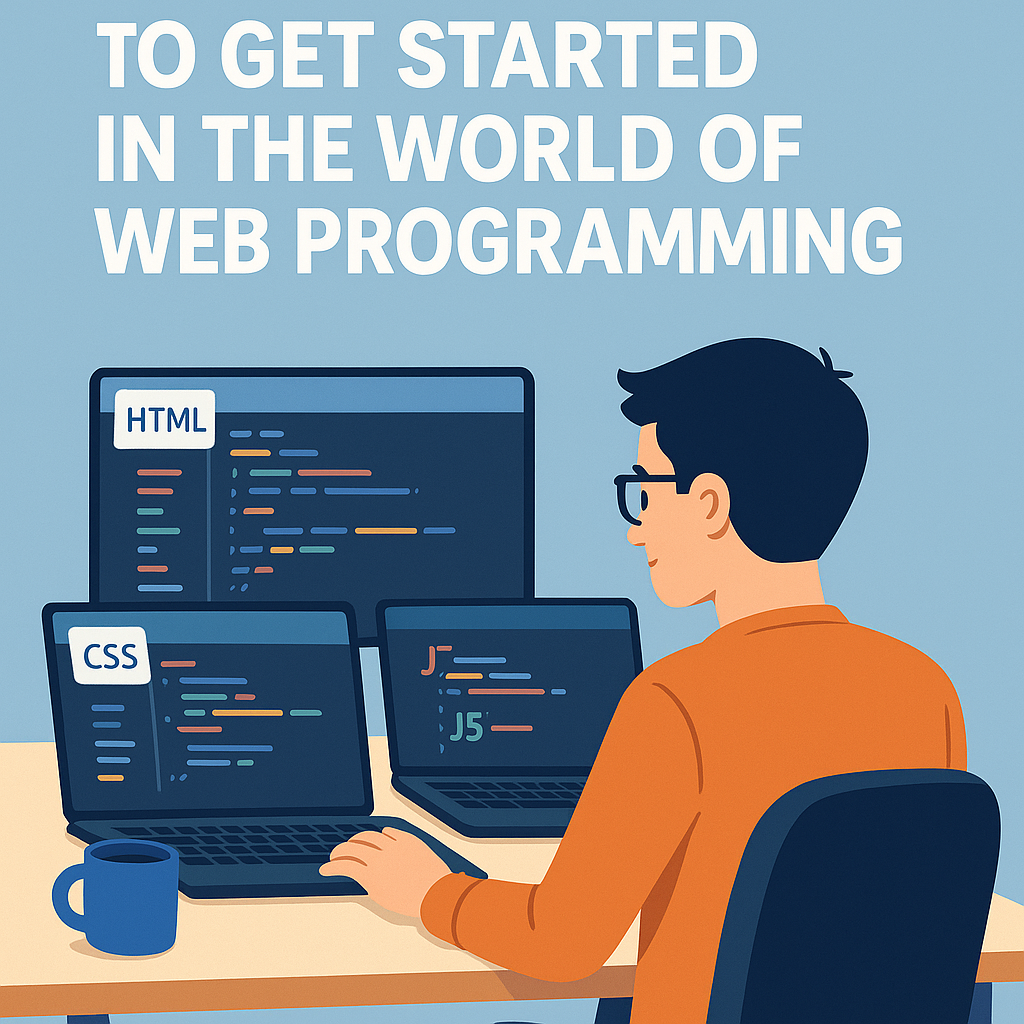
The digital world is built on code — and web programming is at the heart of it. Whether you want to build websites, develop web apps, or launch your own tech startup, learning web programming is the perfect starting point. This beginner’s guide walks you through everything you need to know to enter the world of web development confidently.
What is Web Programming?
Web programming refers to the process of creating web applications and websites using coding languages, frameworks, and tools. It can include everything from static web pages to complex e-commerce platforms or web-based software like CRMs and dashboards.
Web programming generally falls into three categories:
- Frontend Development: What users see and interact with.
- Backend Development: What happens behind the scenes.
- Full-Stack Development: A combination of both frontend and backend.
Skills You Need to Get Started
1. HTML, CSS, and JavaScript
These are the foundational technologies of the web:
- HTML (HyperText Markup Language): Structures your web pages.
- CSS (Cascading Style Sheets): Styles and layouts your content.
- JavaScript: Adds interactivity and dynamic behavior.
2. Basic Programming Logic
Understanding variables, functions, conditionals, and loops is essential. Platforms like freeCodeCamp or Codecademy offer beginner-friendly lessons.
3. Version Control with Git
Learning Git and platforms like GitHub helps you manage your projects and collaborate with others. Start with basic commands: git init, git add, git commit, git push.
Tools & Technologies to Explore
Here’s a list of popular tools used in modern web development:
Frontend Tools
- React.js or Vue.js – JavaScript frameworks for building user interfaces.
- Bootstrap or Tailwind CSS – Styling frameworks to speed up UI design.
Backend Technologies
- Node.js – JavaScript runtime for backend.
- Express.js – Web framework for Node.js.
- Databases: Learn SQL (MySQL, PostgreSQL) or NoSQL (MongoDB).
Development Tools
- VS Code – The most popular code editor.
- Chrome DevTools – Essential for debugging your frontend.
- Postman – Useful for testing APIs.
How to Start Learning Web Programming
Step-by-Step Learning Path:
- Learn HTML, CSS, JavaScript.
- Build small projects like a portfolio site or to-do list.
- Practice with challenges on platforms like Frontend Mentor or LeetCode.
- Study backend basics (Node.js, APIs, databases).
- Create full-stack projects (e.g., blog, e-commerce clone).
- Learn deployment: Use platforms like Netlify, Vercel, or Heroku.
- Contribute to open-source projects to gain experience.
Soft Skills and Best Practices
Communication:
Whether you’re freelancing or joining a dev team, being able to explain your work is crucial.
Project Management:
Understand tools like Trello, Notion, or Jira to organize tasks.
Testing:
Learning about basic testing (like unit tests with Jest) improves your code quality.
Career Options in Web Development
- Frontend Developer
- Backend Developer
- Full-Stack Developer
- UI/UX Engineer
- DevOps Engineer
- Freelance Web Developer
- Product Engineer
💡 Tip: Start building a portfolio early to showcase your skills to potential employers or clients.
Recommended Resources
| Type | Resource |
| Courses | The Odin Project, Coursera Web Development |
| Books | Eloquent JavaScript, HTML & CSS: Design and Build Websites by Jon Duckett |
| YouTube Channels | Traversy Media, The Net Ninja, Fireship |
| Practice Sites | freeCodeCamp, Codewars, HackerRank |
Final Thoughts
Starting in web programming can feel overwhelming, but the good news is that the internet is full of free and paid resources to guide you. Consistency, practice, and a passion for building things will take you far.Whether you dream of freelancing, launching a startup, or landing a job at a tech giant, web development opens the door to endless possibilities. Start now, and let your journey begin!

